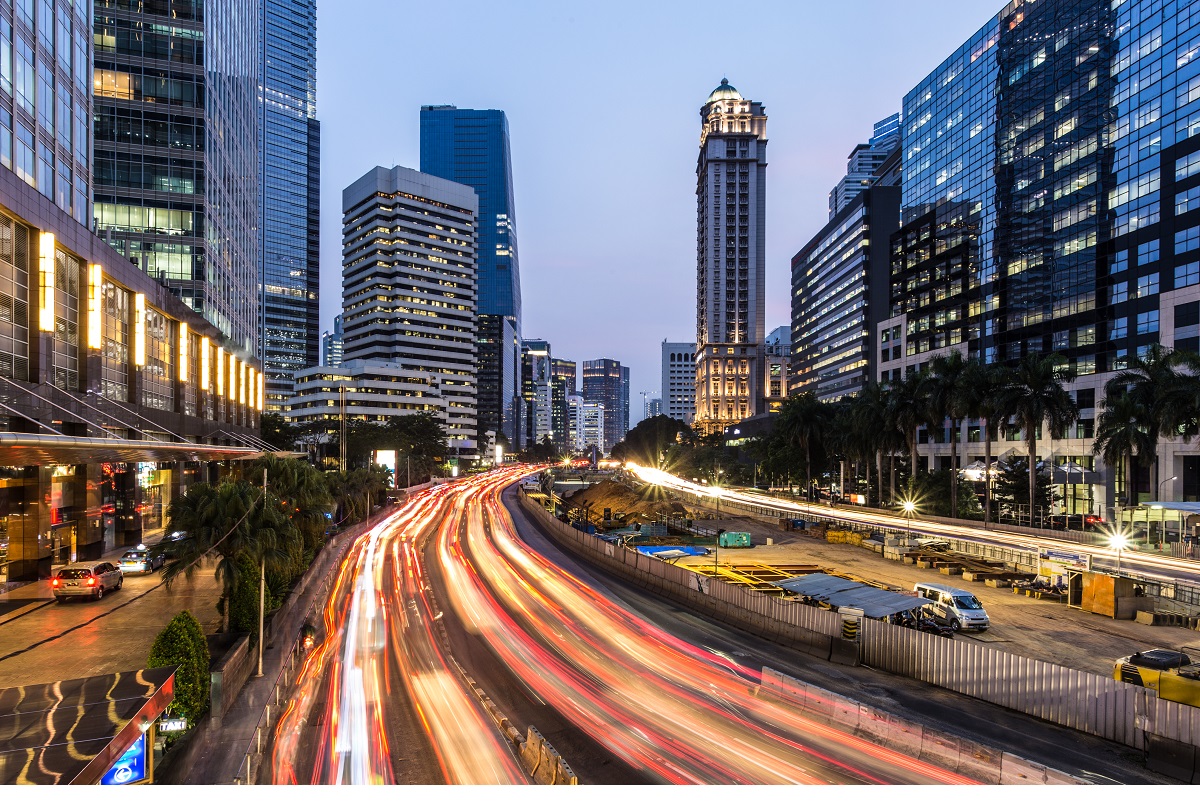Indonesia, the largest economy in Southeast Asia, reported year-on-year GDP growth of 5.03% for the first quarter of 2023. The numbers come as a surprise for market experts who were seeing a larger impact of weaker commodity prices on the export-oriented country. However, Indonesia GDP growth was 0.92% lower when compared to the previous quarter.
The ASEAN country is a top producer of commodities such as palm oil, coal and nickel. Indonesia was able to grab a massive export revenue boost last year due to rising commodity prices post the start of the Russia-Ukraine war and post-pandemic recovery. Nevertheless, due to declining commodity prices and monetary tightening around the world hitting global demand, the Southeast Asian economy is now likely to see export growth moderating.
Moh. Edi Mahmud, deputy head of Statistics Indonesia, said the lower commodity prices were offset by a rise of 26.89% in export volume during the first quarter, which resulted in a 1.6% year-on-year growth in terms of value. Shipments of palm oil, coal and metals remained strong, according to the statistics bureau.
What aided Indonesia GDP growth?
Household consumption, which constitutes more than half of the economy, increased by 4.54%, thanks to the activity in the transportation and telecommunications sector along with a boost during Ramadan. Higher passenger traffic and motorcycle sales helped the growth of the transportation sector.
A massive year-on-year jump in the number of foreign tourist arrivals during the January-March period also contributed to Indonesia GDP growth.
In terms of production, the transportation and storage sector experienced the most growth at 15.93%, while the highest contraction in growth of 14.56% took place in human health and social work activities. When it comes to expenditure, the export of goods and services saw the highest growth at 11.68%, whereas government final consumption expenditure had the worst growth contraction at 45.38%. Investment growth slowed down to 2.11% from 3.33% in the previous quarter.
Meanwhile, annual inflation rate of Indonesia fell to an eleven-month low of 4.33% in April from 4.97% in March this year, with food prices rising the slowest in the last 13 months. Bank Indonesia left the interest rates unchanged at 5.75% recently.
“Indonesia’s growth prospects look relatively upbeat as inflation edges closer to the central bank’s 2-4% target. Easing price pressures could bolster household spending further while also allowing Bank Indonesia (BI) to eventually cut policy rates by the third quarter. A pivot for BI to rate cuts could reinvigorate bank lending and capital formation, which would give growth momentum another reason to accelerate,” said ING.










 Australia
Australia China
China India
India Indonesia
Indonesia Japan
Japan Malaysia
Malaysia Philippines
Philippines Singapore
Singapore South Korea
South Korea Taiwan
Taiwan Thailand
Thailand Vietnam
Vietnam
 Germany
Germany Hong Kong
Hong Kong USA
USA Switzerland
Switzerland Singapore
Singapore









